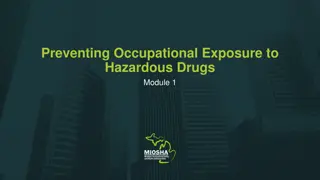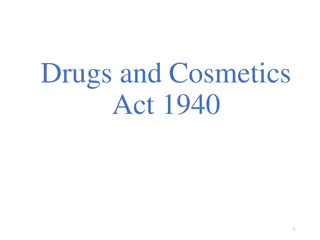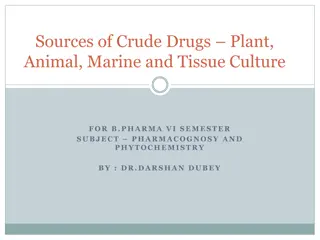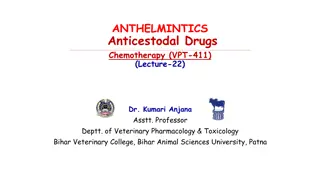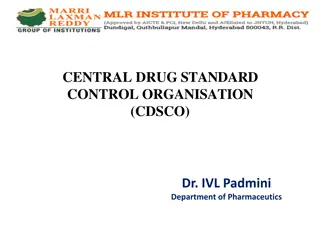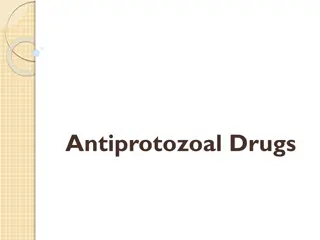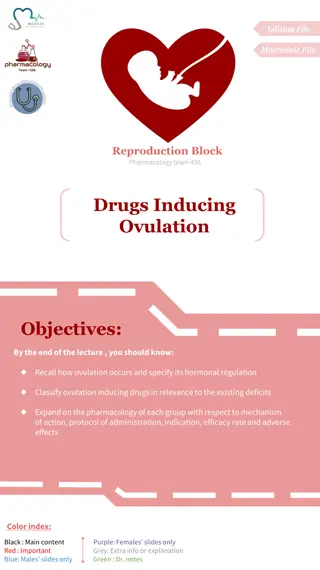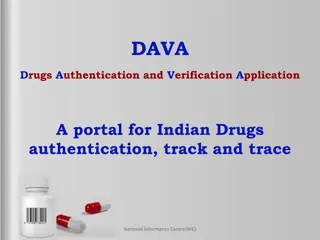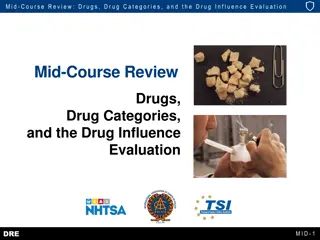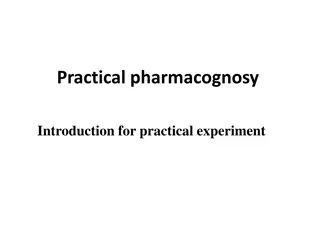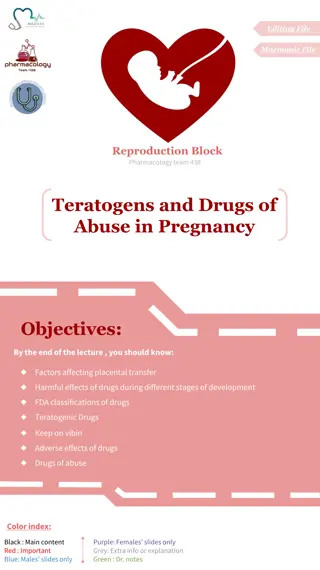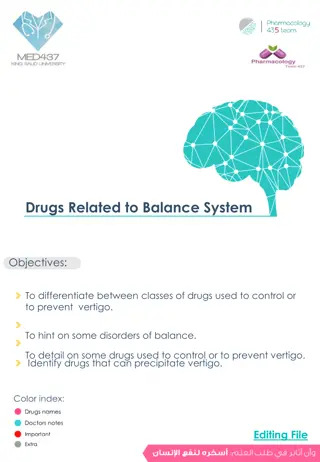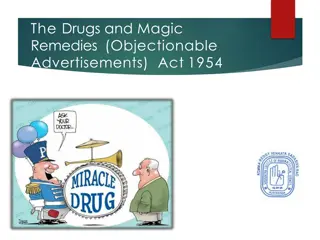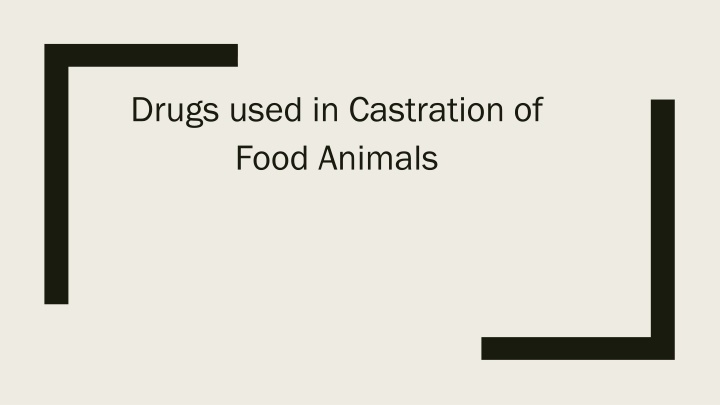
Drugs Used in Castration of Food Animals and Anesthesia Guidelines
Learn about the various drugs used in castration of food animals, including local anesthesia and anesthesia guidelines for boars. Explore information on NSAIDs, antibiotics, anti-parasitics, and reversal drugs commonly used in veterinary practice to ensure the well-being of animals during procedures.
Download Presentation

Please find below an Image/Link to download the presentation.
The content on the website is provided AS IS for your information and personal use only. It may not be sold, licensed, or shared on other websites without obtaining consent from the author. If you encounter any issues during the download, it is possible that the publisher has removed the file from their server.
You are allowed to download the files provided on this website for personal or commercial use, subject to the condition that they are used lawfully. All files are the property of their respective owners.
The content on the website is provided AS IS for your information and personal use only. It may not be sold, licensed, or shared on other websites without obtaining consent from the author.
E N D
Presentation Transcript
Drugs used in Castration of Food Animals
Local Anesthesia 2% Lidocaine - Used in cattle to perform a field block of the scrotum and spermatic cord - Used in mature animals to minimize pain Toxic dose: 2% of 10 mg/kg Toxic dose: 2% of 10 mg/kg Recommended dose for cow: Recommended dose for cow: (half toxic dose) 2% of 5 mg/kg (half toxic dose) 2% of 5 mg/kg - Contraindications: - May increase hemorrhage due to vasodilation - May be difficult to administer safely - May increase the total stress of the animal
Administration of Lidocaine Local anaesthesia 1.Palpate the spermatic cord and isolate it by pulling it laterally. Using fingers keep the spermatic cord isolated until all the lidocaine is entered. 2.Enter the needle into the spermatic cord at the level of the rudimentary teats, aspirate and observe for the absence of blood then administer 2 ml of Lidocaine. 3.Pull back the needle slightly until it just exists the spermatic cord and administer 3 ml of Lidocaine into the subcutaneous tissue around the spermatic cord. 4.Hold off and massage the Lidocaine into the tissue. 5.Repeat this for the other spermatic cord. 6.Thus, a total of 10 ml of Lidocaine is administered to the calf.
Anaesthesia for Boars: (Weighing more than 20kg) TKX: Combination of Tiletamine, Zolazepam, Ketamine, Xylazine 1ml/75lb of Bodyweight, given IM. Combination: 500mg Telazole, reconstituted with 250mg of Ketamine plus 250mg of xylazine.
NSAIDs- Flunixin Dose: 5% of 1.1mg/kg Drug given IV and prior to administration of other drugs. Withdrawal period: 4 days for meat 1.5 days for milk
Antibiotics- Penicillin-Streptomycin Dose: 200,000 IU/mL of 10,000IU Drug given IM Withdrawal Period: 30 days for meat 10 days for milk
Anti-parasitics- Ivermectin Dose: 0.2mg/kg BW of 1% Solution Drug given IM Withdrawal Period: 35 days for meat
Reversal Drugs 1) Atropine 2.) Epinephrine Dose: 0.02mg/Kg of 1% Solution Given IM Used for anaphylactic shock 3.) Tolazoline Dose: 2-4 times Xylazine dose, of 10% solution Given IV slowly to reverse xylazine Dose: 0.04mg/Kg of 0.54mg/mL Given IV or IM, Used for Bradycardia

